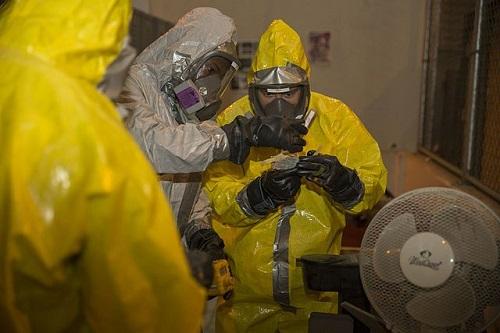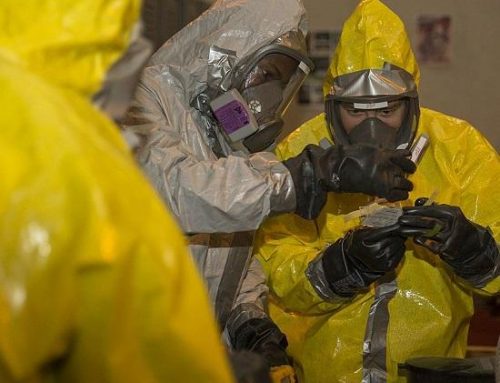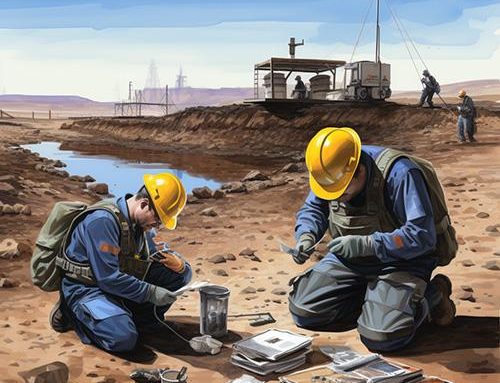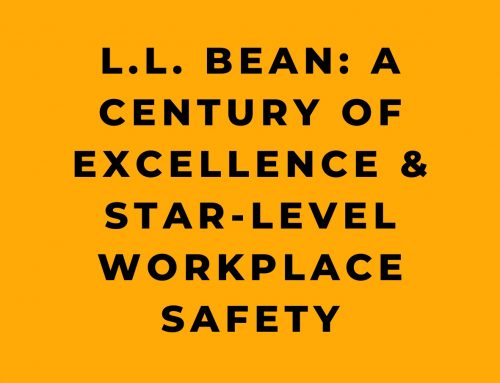The acronym HAZWOPER comes from the Department of Defense’s Hazardous Waste Operations (HAZWOP) and is related to the work processes used on military bases dealing with the disposal of the hazardous waste left on-site after World War II. The use of formal, government-mandated HAZWOPER procedures in civilian workplaces has a more complex and somewhat convoluted legal and political history. HAZWOPER, in this context, came about as a result of a growing awareness of the dangers of hazardous waste, and the Federal government’s reaction to the public outcry stemming from environmental disasters such as Love Canal Environmental Disaster and the Valley of the Drums Toxic Waste Site.
Here’s the bottom line: it took decades, but eventually, as a country, we reached a consensus that the Federal government had to implement rules to make sure businesses wouldn’t dump toxic wastes in the environment or engage in practices that ignored the risks hazardous substances posed to the health and safety of their workers.
On Dec. 29, 1970, President Richard Nixon signed enabling legislation that created the Occupational Safety and Health Administration (OSHA) and the National Institute for Occupational Safety and Health (NIOSH). The most important feature of this legislation, strongly pushed by Democrats, is what is known as the “general duty clause”, which gave OSHA wide latitude to interpret and enforce workplace safety rules.
In 1976, Congress passed the Resource Conservation and Recovery Act (RCRA). RCRA legislation was enacted to assure the American public that hazardous materials and hazardous wastes would be managed safely from the time they were generated to the time they were disposed of safely.
In 1980, Congress passed the Comprehensive Environmental Response, Compensation, and Liability Act (CERCLA/Superfund), and were implemented to deal with hazardous wastes. The CERCLA/Superfund law created a tax on chemical and petroleum industries and provided broad Federal authority to respond directly to releases or threatened releases of hazardous substances that might endanger public health or the environment. A trust fund was established for cleaning up abandoned or uncontrolled hazardous waste sites.
In 1984, a combined-agency effort, involving OSHA, the Coast Guard, the National Institute for Occupational Safety and Health, and the Environmental Protection Agency (EPA) resulted in the Hazardous Waste Operations and Emergency Response Guidance Manual.
In 1986 the Superfund Amendments and Reauthorization Act (SARA) was passed and added minimum cleanup requirements in Section 121 of CERCLA/Superfund and required that most cleanup agreements with polluters be entered in federal court as a consent decree subject to public comment (section 122). This was to address sweetheart deals between industry and the Reagan-era EPA that Congress had discovered. Congress also realized that workers at these hazardous waste sites were being exposed to an extremely toxic workplace environment SARA also included a requirement for OSHA to establish regulations protecting workers involved in hazardous waste procedures, and OSHA was asked to develop a standard to protect the health and safety of workers who are exposed to hazardous waste. The Interim Final Rule for HAZWOPER was issued by OSHA later that year.
In 1990, OSHA finalized the rule, Hazardous Waste Operations and Emergency Response 1910.120, which provides safety and health requirements and seeks to protect those who perform hazardous waste cleanups or respond to emergencies. Training became required for general industry and construction workers who may be exposed to hazardous substances or wastes on the job.










